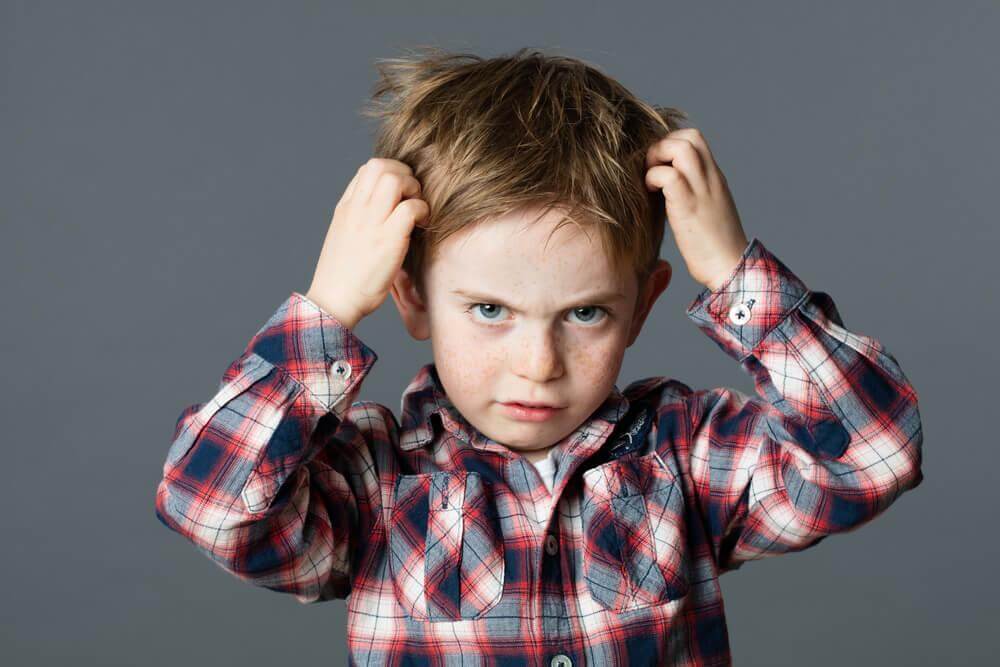Some people have an urgent need to pull their hair or hair from different parts of the body. The immediate physical consequences are significant and noticeable hair loss, resulting in defects in different areas (head, eyebrows, eyelashes?). Childhood trichotillomania can be a particularly problematic disorder.
However, it is important to make a differential diagnosis with certain dermatological diseases (e. g. with alopecia) or with other clinical problems that may explain the existence of these “holes” in the patient’s hair or hair.
- If it occurs in early childhood.
- It usually begins before age 2 or from age 3 or 4; during this stage of development.
- The child generally considers pulling his hair a simple habit.
- As well as sucking his finger.
- This is because they are not aware of their limitation.
It is common to appear in periods of family tension (parents at times of separation, divorce process, constant disputes?) Or when they are relaxed (in bed), bored or tired, so, and among other things, it is important to encourage children to avoid developing automations harmful to their physical and psychological health.
In adults, this disorder can be the result of tension, anxiety and stress. According to the so-called “automatic” model, which accounts for 75% of cases, it can also occur in the face of tiredness, boredom or in situations of sedentary lifestyle. (Watch TV, drive, study?).
Thus, depending on the degree of consciousness during the act of pulling the hair, it is possible to distinguish patients whose actions are more conscious and have a more compulsive character in response to negative emotional states. Or those who do it automatically, inadvertently, possibly during sedentary activities.
There is no single cause that can explain this disorder, are multiple, depend on each person and can encompass a variety of psychological, genetic, biological or environmental factors.
Thus, it can occur in children whose parents have already suffered from the disorder, due to lack or excess of a certain neurotransmitter, or it may simply result from external variables, such as family tension, stress, depression or a state of deprivation. . emotional, for example.
In all cases, the presence of alopecia in certain areas of the scalp usually causes isolation in the child or a complex on the part of the child, in addition to serious dermatological or infectious injuries in these low-populated areas that can become really worrying. if the disorder doesn’t go away. That’s why it’s so important for parents to know how to detect trichotillomania.
In addition to the uneven appearance of hair, these children may experience intestinal obstructions, discomfort, or acute stomach pain. Similarly, the pull or shaking of the hair they make is evident, although they deny that it is. They tend to have increased tension before, pulling their hair and have other aggressive behavior towards themselves.
Typically, trichotillomania in childhood loses its intensity before the child enters school, so that this happens it is essential that parents provide support and become aware of the child’s condition, so that they can help and facilitate the abandonment of hair pulling.
In other situations, treatment can be pharmacological and psychological, mainly through cognitive behavioral therapy. The purpose of the latter option is to eliminate the habit, reinforce other alternative behaviors incompatible with the disorder and much more adaptive and appropriate.

